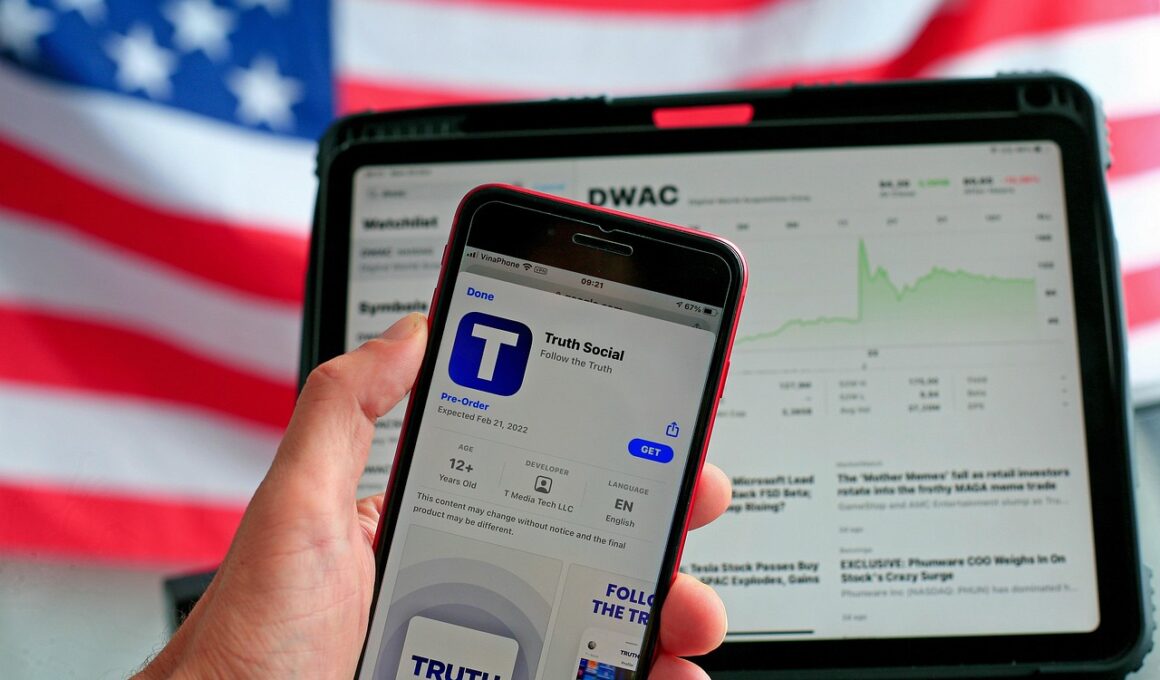Regulatory Requirements for IPOs: A Financial Perspective
When considering an initial public offering (IPO), firms must navigate a complex web of regulatory requirements that form the foundation for their operations in the stock market. These guidelines aim to protect investors, ensuring they receive complete and transparent information before investing in shares. Key regulatory frameworks differ across regions, but the primary authorities, such as the U.S. Securities and Exchange Commission (SEC), typically oversee these processes. This oversight comprises filing requirements for registration statements, which disclose financial performance and business risks, undeniably crucial for investors’ informed decisions. While entrepreneurs often prioritize operational aspects, attention to regulatory compliance can prevent significant setbacks. Clear adherence to rules can mitigate risks associated with legal repercussions or reputational damage. Moreover, regulatory requirements evolve periodically, demanding a commitment to staying updated with changes that could impact future dealings. Therefore, it can be advantageous for companies to work with experienced legal and financial advisors throughout this process. By doing so, they will enhance their readiness for the requirements imposed by the market, thus bolstering investor confidence in their prospectus and overall performance.
After registering for an IPO, companies must consider the prospectus as a vital document that offers comprehensive insights to prospective investors. It is more than a mere formality—this document contains critical and legally mandated information. The prospectus must outline the company’s financial performance, the intended use of the funds raised through the IPO, management strategies, business risks, and any material changes over time. Transparency in the prospectus can serve to establish a level of trust with potential investors, setting the stage for successful capital raising. In addition to this information, market professionals encourage the inclusion of forward-looking statements detailing company growth projections and industry trends, which can provide a more compelling narrative. Also, firms need to be mindful of drafting and complying with the regulations related to disclosure. For example, any statements that can be construed as misleading can incur significant penalties. Thus, strategic communication in the prospectus can position the company effectively in the financial landscape, promoting investor engagement and ultimately leading to a successful IPO.
Legal Compliance and Documentation
Compliance with regulations governing securities is often critical when taking the IPO route. Beyond the prospectus, companies must prepare various documents, including Form S-1 for U.S.-based firms, which is a prerequisite to commence the offering process. The S-1 form encapsulates details concerning business operations, financial conditions, and risk factors—the very essence of what prospective investors must know before buying shares. An essential component of this documentation is the financial reports, which usually need to comply with Generally Accepted Accounting Principles (GAAP) or International Financial Reporting Standards (IFRS). Such financial disclosures must also be audited by an independent accountant to validate their accuracy. In addition to financials, companies must present information about management, corporate governance, and any significant legal issues that may pose an ongoing risk. Regulatory bodies assess this documentation rigorously to ensure due diligence and full transparency are met, enhancing integrity in stock trading. Failure to comply with these legal requisites can derail the public offering plans, so meticulous attention to documentation is paramount for a successful IPO.
After preparing legal and financial documentation, companies must engage in a thorough review process to address potential scrutiny from the regulatory authorities. This phase usually involves refining the prospectus and ensuring all disclosures comply with existing regulations. Efficient communication between management teams, legal counsels, and external auditors is imperative at this stage, allowing companies to make the required adjustments. Furthermore, the Securities and Exchange Commission (SEC) may have precise expectations, and as such, prompt responses to any inquiries can streamline the approval process. In many instances, companies experience delays due to regulatory challenges, leading to adjustment in timing for the public offering. To tackle such hurdles efficiently, companies should diligently prepare for the comments and requests from regulatory agencies. This proactive collaboration can aid in expediting approval and minimizing the risk of substantial alterations in the IPO strategy. Consequently, a company equipped with a comprehensive understanding of regulatory demands stands a better chance of attaining success, as they comfortably navigate through these necessary preliminary steps.
Post-IPO Considerations
Once the IPO process concludes successfully, ongoing regulatory compliance remains essential. Publicly traded companies must adhere to persistent reporting requirements, including quarterly earnings reports and annual statements. These are crucial not only for maintaining investor trust but also for ensuring compliance with regulatory bodies. The necessity for transparency extends beyond initial offerings; companies must continually disclose material events—such as acquisitions, restructures, or significant changes in management—that could affect stock value. Hence, it becomes vital for management and investor relations teams to maintain clear communication and regular updates post-IPO. This process fosters loyalty among shareholders and sustains stock performance. Additionally, companies must implement robust internal controls, which could help detect and prevent potential fraud or mismanagement as they grow. With changes in regulatory frameworks from time to time, keeping abreast of evolving regulations is equally important. Ultimately, successful transitioning from private to public status relies on a steadfast commitment to compliance and proactive management of investor relations to ensure ongoing viability in the stock market.
Regulatory requirements provide clarity and oversight that bolster investor confidence in the stock market. Varied globally, these regulations are designed to create a safe environment for businesses and empower investors with accurate information. Understanding the scope of these regulations is crucial, as they determine how companies can structure their transactions, pricing, and shareholder communications effectively. Moreover, as regulations continue to adapt to financial market evolutions, companies need to remain vigilant and responsive. Factors such as technological advancements and socio-economic policies influence restructuring regulations, making adaptability key. For businesses eyeing expansion and growth, recognizing the regulatory landscape can offer a strategic advantage. Furthermore, engaging in continual compliance training for employees will foster a responsible corporate culture focused on integrity across all practices. Hence, the potential benefits of adhering to regulatory requirements extend beyond initial IPO processes, underscoring the importance of good governance for lasting success. Companies that embrace this proactive approach toward their regulatory healthcare will likely stand out in an increasingly competitive financial landscape, thereby attracting investment from discerning stakeholders.
Conclusion
In summary, navigating regulatory requirements for IPOs is complex yet crucial for successful entry into public markets. A well-structured approach not only aids in effective communication with potential investors but also serves as a shield against legal repercussions. As the demand for transparency continues to grow, companies that prioritize comprehensive compliance strategies will likely flourish. Engaging legal and financial advisors throughout the initial stages of the IPO process will likely lead to a smoother workflow and more substantial investor trust. Consequently, these practices contribute to a stable investment environment and may positively impact share performance. Thus, fostering a culture of compliance within company infrastructures will not only safeguard against missteps but also promote ongoing prosperity in the stock market. With proper alignment between management, compliance teams, and the evolving regulatory frameworks, organizations can navigate this landscape expertly. Ultimately, recognizing and adhering to relevant regulations equips companies with the tools necessary for maximizing their IPO potential and ensures a promising trajectory for growth and innovation.
In an era of constant change and myriad challenges, IPOs represent the lifeblood of growing companies seeking capital. Understanding the intertwining relationship between rigorous regulatory requirements and successful IPO executions paves the way for sustainable growth and integrity within the financial markets. As these companies emerge into the public eye, they embark on a journey filled with opportunities, driven by the desire to innovate and adapt. Thus, the onus is on them to ensure they navigate this process with diligence, transparency, and a strong commitment to ethical practices. A common thread among successful firms lies in their proactive approaches toward compliance and management—each element interlocking to form a resilient foundation for ongoing advancement. Companies willing to invest in educating their teams about regulatory expectations can harness the benefits of their IPO journey, attracted to innovative ideas that resonate with investors. The clarity of this regulatory framework presents the ultimate key to aligning expectations between companies and potential investors. Overall, while the IPO landscape may pose challenges, the rewards of understanding and embracing these regulations can lead to great successes in the ever-shifting market.


